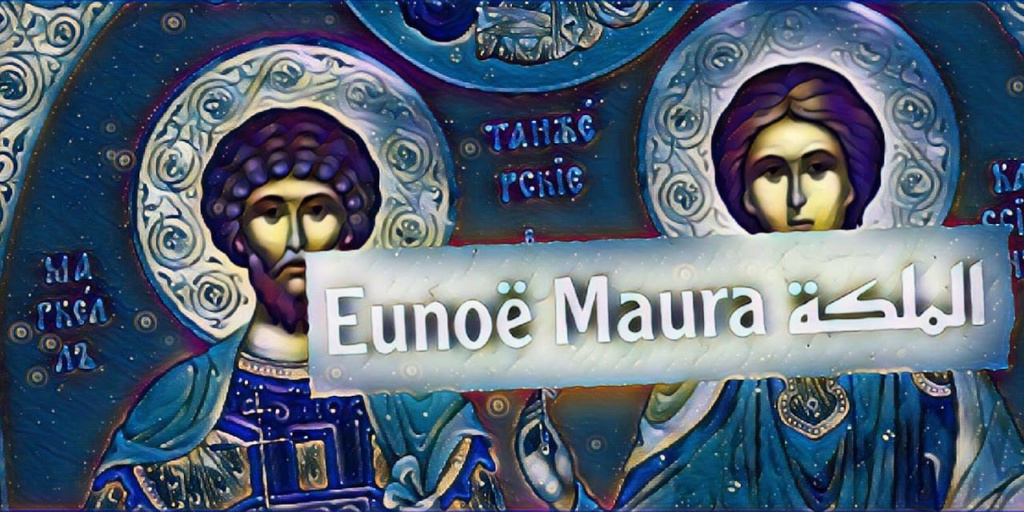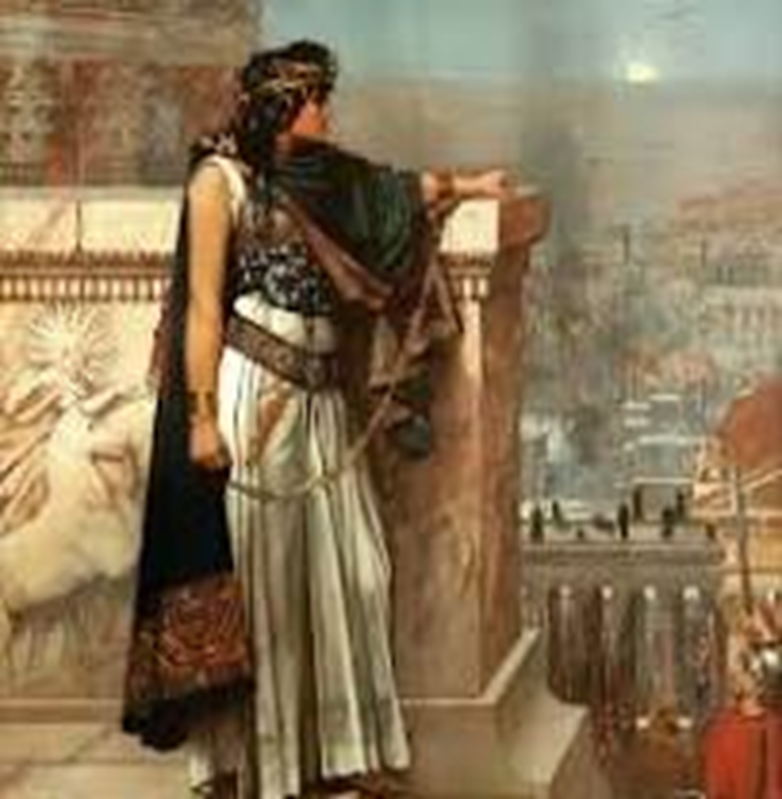Queen Eunoë Maura

She is the Amazigh queen of the Kingdom of Mauritania and the descendant of a wealthy, authentic family in ancient Morocco.
She is the wife of the Berber Moorish king Bogud, who died in 31 BC. He was the son of Sussus and the grandson of Bocus I.
Her Greek name indicates a possible connection to Greek origins... but due to the lack of any additional information about her life, we cannot be certain...
However, what is proven about it is that it was known for its great and unrivaled beauty throughout the ages... to the point that in the sixteenth century it was painted by the Italian artist JacoJaco.

At an unspecified early date in her marriage to her husband Bogood, he made a campaign along the Atlantic coast, apparently with the intention of venturing into the tropics. When he returned, he presented Enno with the giant reeds and asparagus he had found on the journey. It is believed that she was Julius Caesar's mistress. She may have replaced Cleopatra in Caesar's heart, when he arrived in North Africa before the Battle of Thapsus on 6 April 46 BC, and the two were among many queens courted by Caesar. It is also possible that they first met in Spain if she accompanied her husband there on campaign. Just a short Roman romance, both Ino and Bogod benefited from the gifts Caesar gave them. Caesar left Africa in June 46 BC, five and a half months after his arrival.

The story of Enno and the Caesar is greatly exaggerated and expanded upon in the medieval French prose work Faits des Romains. Jeannette Beer states in her book The Medieval Caesar that the Caesar is "turned into a medieval chavillier" in the text, and that the author is more concerned with Caesar's sexual dominance over the queen than with her husband Beaugood's political dominance. The text describes her as "Ino was the most beautiful woman in the Four Kingdoms - yet she was a Moor", which Beer analyzes as indicative of the fact that it was unimaginable to the masses at the time that Caesar's lover could be ugly, but the Moors were still represented by Everything was ugly to them. Ino was also depicted in several novels about Caesar, as well as serialized stories in Cornhill Magazine. In such fiction her character often serves as a foil to the relationship between Caesar and another woman, Mostly for Cleopatra, as in Cleopatra's Memoirs, Bloody Toga, and When We Were Gods. In Song of the Nile she also plays a cameo role as an important person to Cleopatra's daughter Selene II who became Queen of Mauritania behind her.
Source: websites

